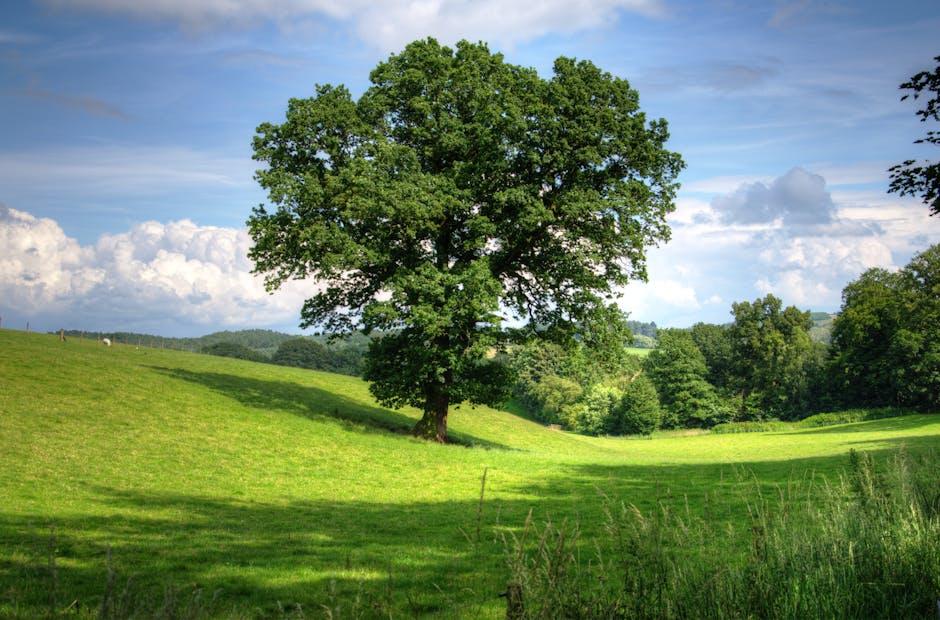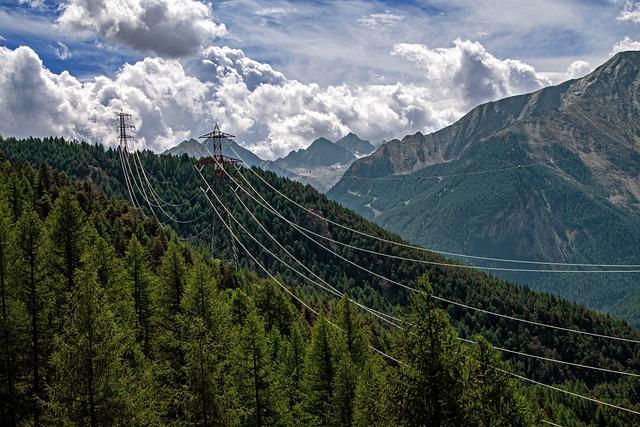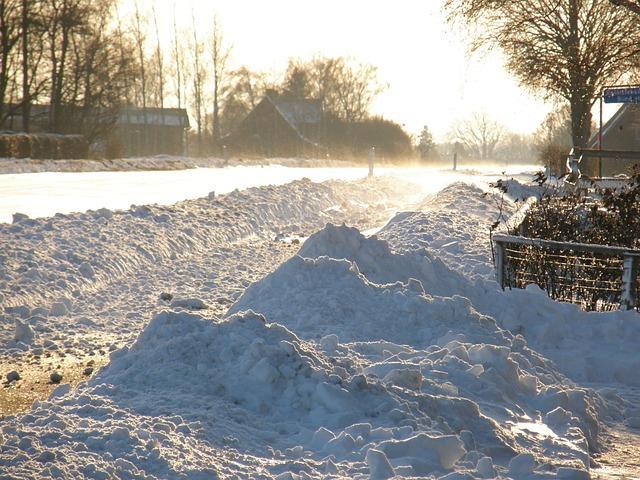With air pollution becoming a pressing concern globally, the role of trees in reducing this harmful phenomenon has gained significant attention. Trees serve as natural air purifiers, filtering out pollutants like ozone, carbon monoxide, and sulfur dioxide from the air we breathe[1]. In urban areas specifically, the presence of trees has been linked to improved air quality, showcasing their vital contribution to combating environmental pollution[2]. The selection of tree species plays a crucial role in maximizing their effectiveness in reducing air pollution, prompting discussions on which trees excel in this environmental task[3]. As we delve into the intricate relationship between trees and air quality, unraveling their impact becomes imperative for sustainable environmental practices.
One of the most crucial roles that trees play in urban environments is their ability to improve air quality. Trees help reduce air pollution by absorbing harmful gases and particulates, such as carbon dioxide, sulfur dioxide, and nitrogen dioxide, through their leaves and roots. This process not only helps to purify the air but also contributes to creating a healthier environment for inhabitants of urban areas.
Urban greenery has a significant impact on air pollution levels. The presence of trees in cities can help to lower temperatures and reduce the formation of ozone, a harmful air pollutant. Additionally, trees can provide shade, which helps to cool the surrounding area and reduce the need for energy-intensive air conditioning, further decreasing carbon emissions.
There are several strategies that can be implemented to maximize the benefits of trees in combating air pollution. Planting a variety of tree species can help to diversify the benefits that trees provide, such as reducing air pollutants, providing habitat for wildlife, and improving aesthetic value. Proper maintenance, including regular pruning and watering, is essential for ensuring the health and longevity of urban trees, thus maximizing their effectiveness in fighting air pollution.
Q&A
Q: How do trees help reduce air pollution?
A: Trees play a crucial role in reducing air pollution through a process called phytoremediation. They absorb harmful pollutants such as nitrogen dioxide and sulphur dioxide, which are common air pollutants, through their leaves and help improve air quality. Additionally, trees also absorb greenhouse gases, aiding in combating climate change. Studies have shown that tree leaves protect people from the toxicity of nitrogen oxides present in car exhaust and smog[2].
Q: What are some tree species that are effective in reducing air pollution?
A: Some tree species are particularly effective in reducing air pollution. For example, the English Oak is known for its ability to help reduce air pollution by absorbing harmful pollutants like nitrogen dioxide and sulphur dioxide. Other species of trees also contribute to cleaner air by absorbing pollutants and greenhouse gases. Planting and preserving these tree species can significantly benefit the environment and enhance air quality[1].
Q: How can trees help clean the air?
A: Trees clean the air by reducing air pollution and absorbing greenhouse gases. They act as natural air filters, trapping harmful pollutants and particulates on their leaves and bark. Trees also play a vital role in removing carbon dioxide from the atmosphere, which helps mitigate the effects of climate change. By planting and maintaining trees in urban and rural areas, we can improve air quality and create a healthier environment for all[3].
Conclusion
trees play a crucial role in reducing air pollution in urban environments. They act as natural air filters, removing pollutants from the atmosphere and improving overall air quality [1]. Additionally, urban trees contribute to mitigating the urban heat island effect by influencing temperatures in cities, although their effectiveness can vary based on different climatic conditions [2]. Cities worldwide can benefit from planting more trees to enhance air quality and create healthier urban environments. To learn more about specific tree species that can help reduce air pollution, refer to our detailed guide on urban trees and their impact on air quality [3]. As we continue to explore the vital role of trees in reducing air pollution, it is evident that their presence is essential for fostering cleaner and more sustainable cities for future generations.
Simpsons Tree Services, Servicing Melbourne’s North Eastern Suburbs
Book a quote online at www.simpsonstrees.com.au




